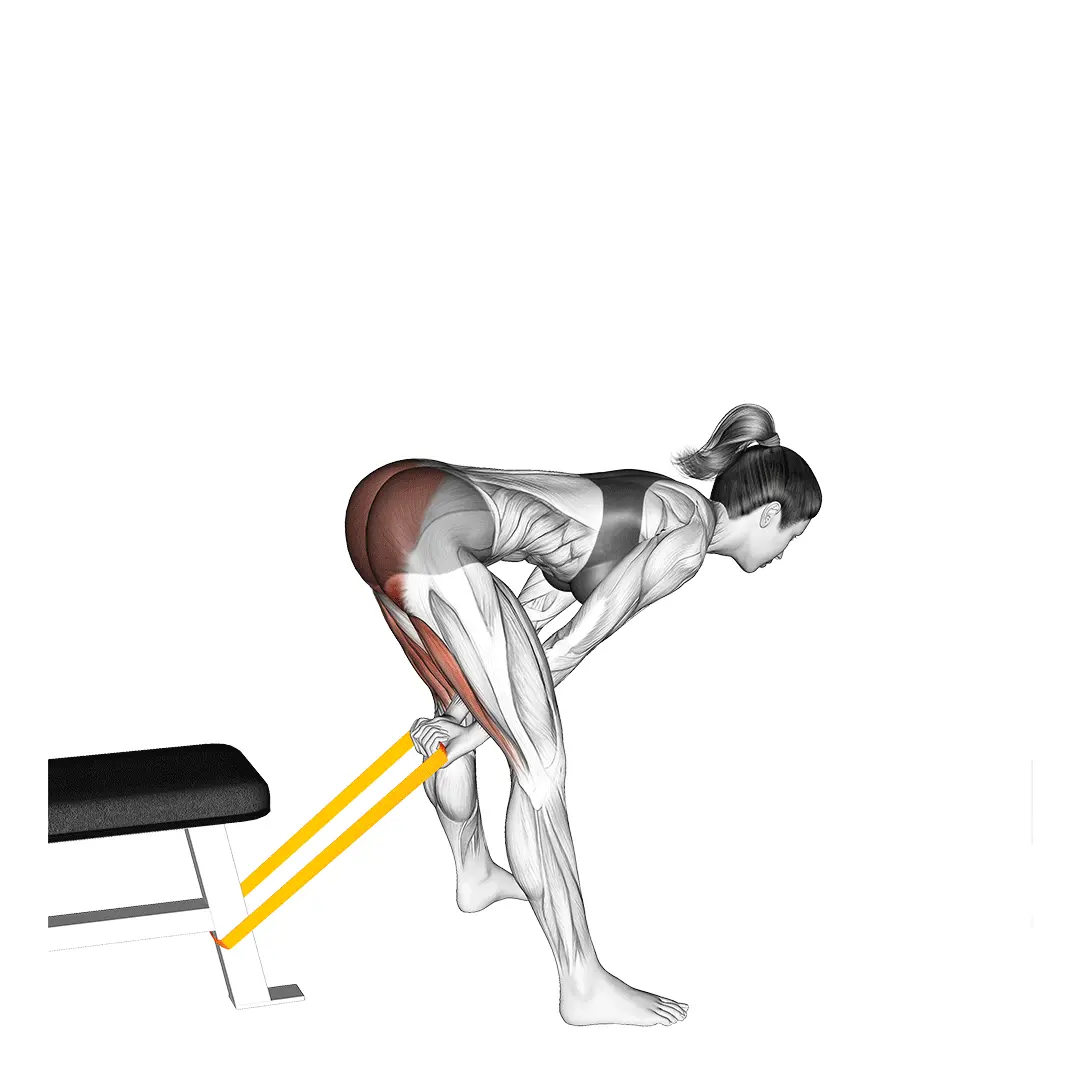Seated Hamstring Stretch

Muscles Involved
The seated hamstring stretch primarily targets the hamstring muscles, which are located at the back of the thigh. This group includes the biceps femoris, semitendinosus, and semimembranosus. Secondary muscles engaged during this stretch include the gluteus maximus and the erector spinae, which assist in maintaining proper posture during the stretch. Additionally, the gastrocnemius, located in the calf, can be targeted depending on leg placement.
Top Mistakes
- Rounding the back: One common error is hunching the back while reaching for the toes, which can lead to strain and reduce the effectiveness of the stretch.
- Forcing the stretch: Attempting to reach too far too quickly can cause muscle strain. It is essential to ease into the stretch.
- Not holding the position: Failing to maintain the stretch for an adequate period minimizes its benefit; a duration of at least 15-30 seconds is recommended.
Execution Tips
- Start Position: Sit on the floor with one leg extended in front and the other leg bent with the foot against the inner thigh of the straight leg.
- Maintain a Straight Back: Keep your spine elongated and your chest lifted while slowly leaning forward. This will help target the hamstrings effectively.
- Use a Strap: If necessary, use a stretching strap or towel around the foot of the extended leg to assist in holding the position without straining.
- Breathe Deeply: Inhale deeply while preparing to stretch, and exhale as you lean into the stretch, allowing the muscles to relax further.
Workouts
The seated hamstring stretch can be incorporated into a warm-up or cool-down routine. Incorporate it after a workout aimed at the lower body or a cardio session to help maintain flexibility. Aim for 2-3 sets of the stretch, holding each position for 15-30 seconds per leg. It can be paired with complementary exercises such as calf stretches, quadriceps stretches, or any form of hip flexor stretches to round out your flexibility training.
Conclusion
The seated hamstring stretch offers numerous benefits, including improved flexibility in the hamstrings and lower back, enhanced posture, and reduced risk of injury. Regular practice of this stretch can alleviate tension in the body, promote better performance in physical activities, and contribute positively to overall mobility. Implementing this exercise into your routine not only assists in recovery but also supports long-term flexibility goals.



